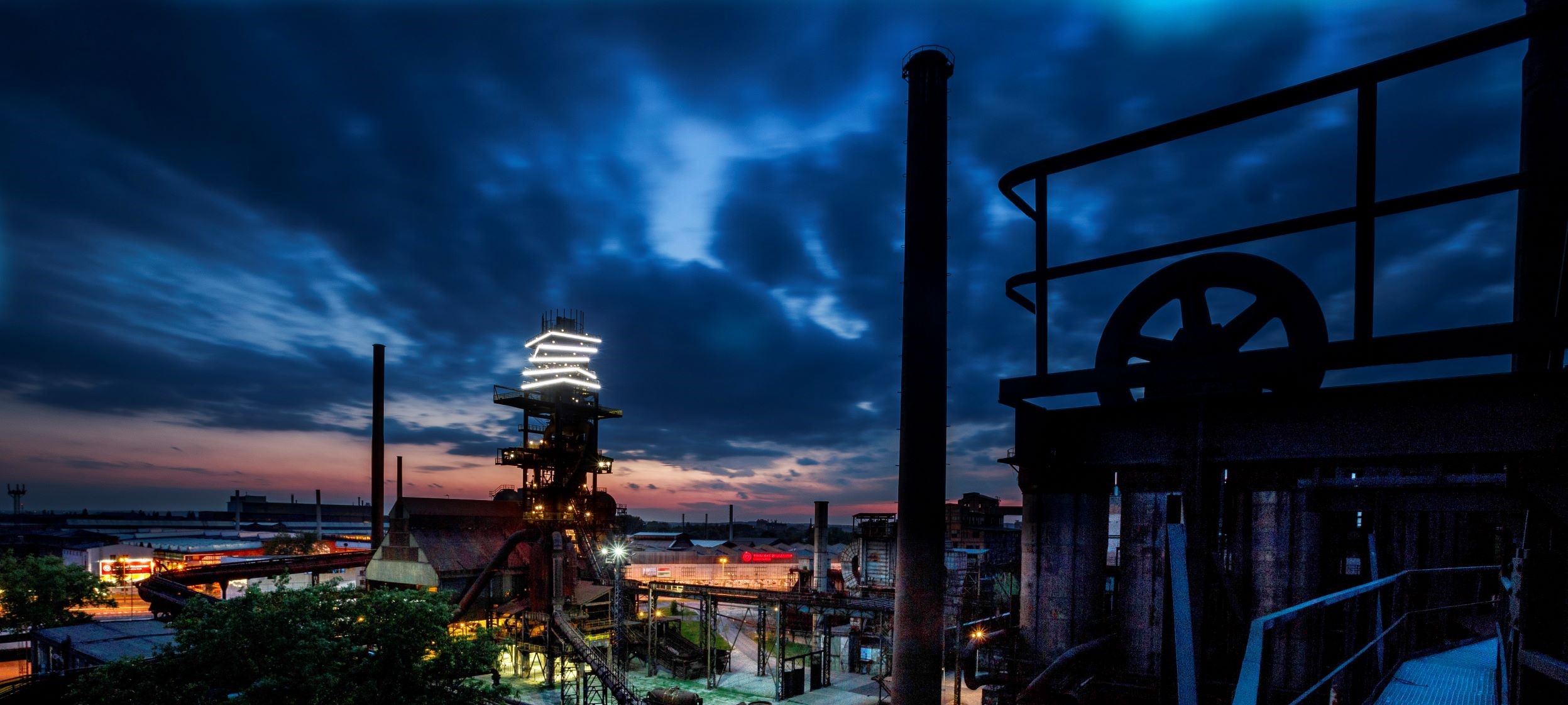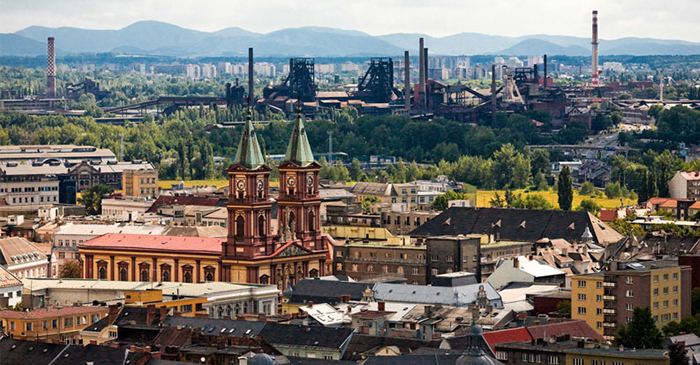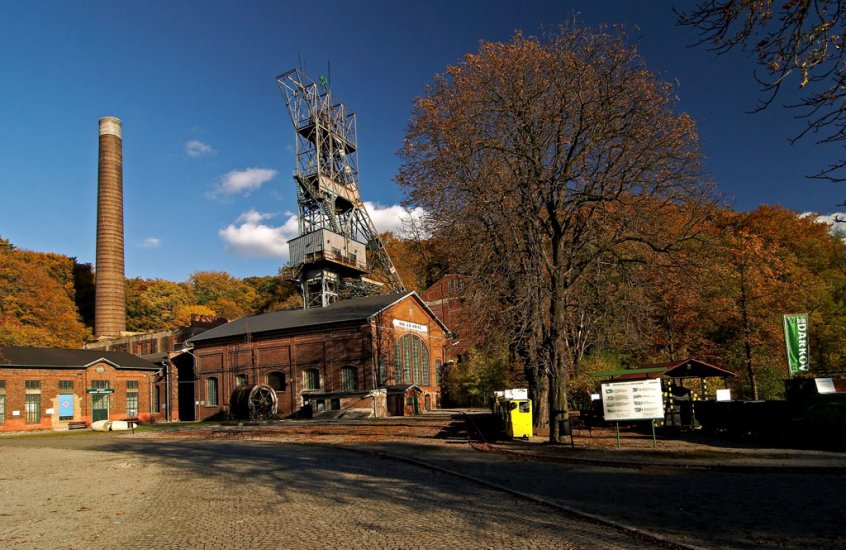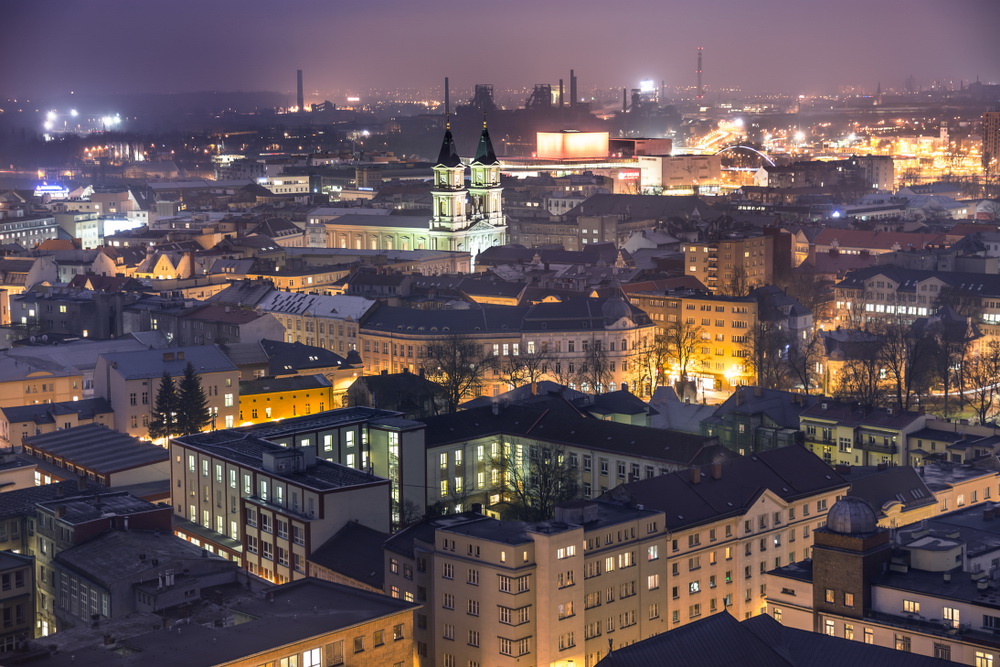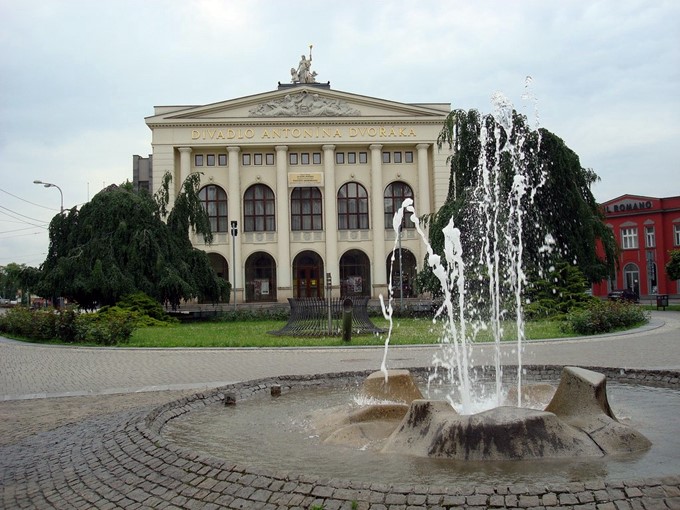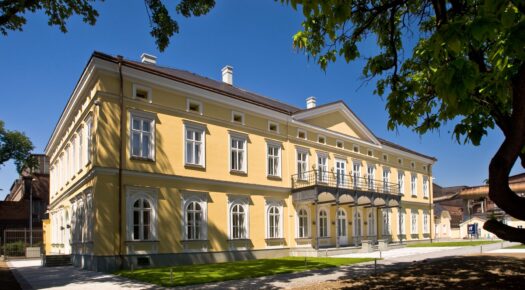Ostrava
Ostrava is the metropolis of the Moravian-Silesian region and is the second largest city in the Czech Republic with the third largest population. Ostrava has got a very strategic position – it is located about 10 km South of the Polish borders and 50 km West of the Slovak borders. The distance of Ostrava from Prague is 360 km, from Brno 170 km, 90 km from the Polish Katowice, and 310 km from Vienna. There are the rivers of Odra, Ostravice, Opava, and Lučina flowing through the City.
Ostrava grew in importance due to its position at the heart of a major coalfield, becoming an important industrial centre. It was previously known as the country's "steel heart" thanks to its status as a coal-mining and metallurgical centre, but since the Velvet Revolution (the fall of communism in 1989) it has undergone radical and far-reaching changes to its economic base. Industries have been thoroughly restructured, and the last coal was mined in the city in 1994. However, remnants of the city's industrial past are visible in the Lower Vítkovice area, a former coal-mining, coke production and ironworks complex in the city centre which retains its historic industrial architecture. Lower Vítkovice has applied for inclusion in the UNESCO World Heritage List.
Since the 1990s Ostrava has been transformed into a modern cultural city, with numerous theatres, galleries and other cultural facilities. Various cultural and sporting events take place in Ostrava throughout the year, including the Colours of Ostrava music festival, the Janáček May classical music festival, the Summer Shakespeare Festival and NATO Days. Ostrava is home to two public universities: the VSB - Technical University of Ostrava and the University of Ostrava.
|
|
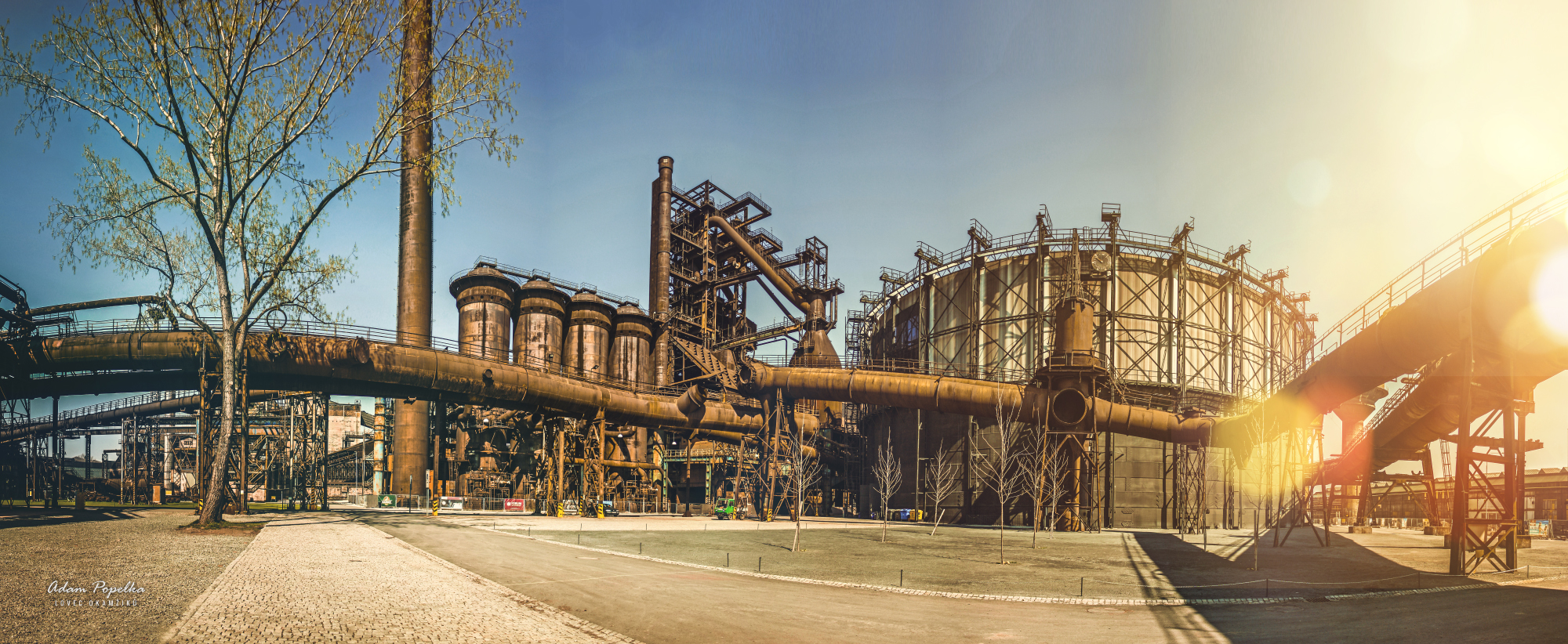 |
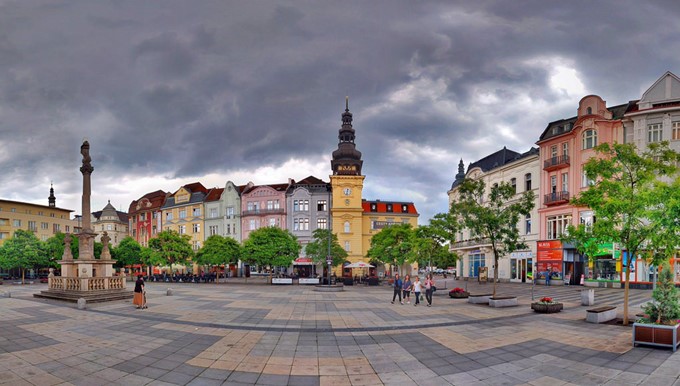 |
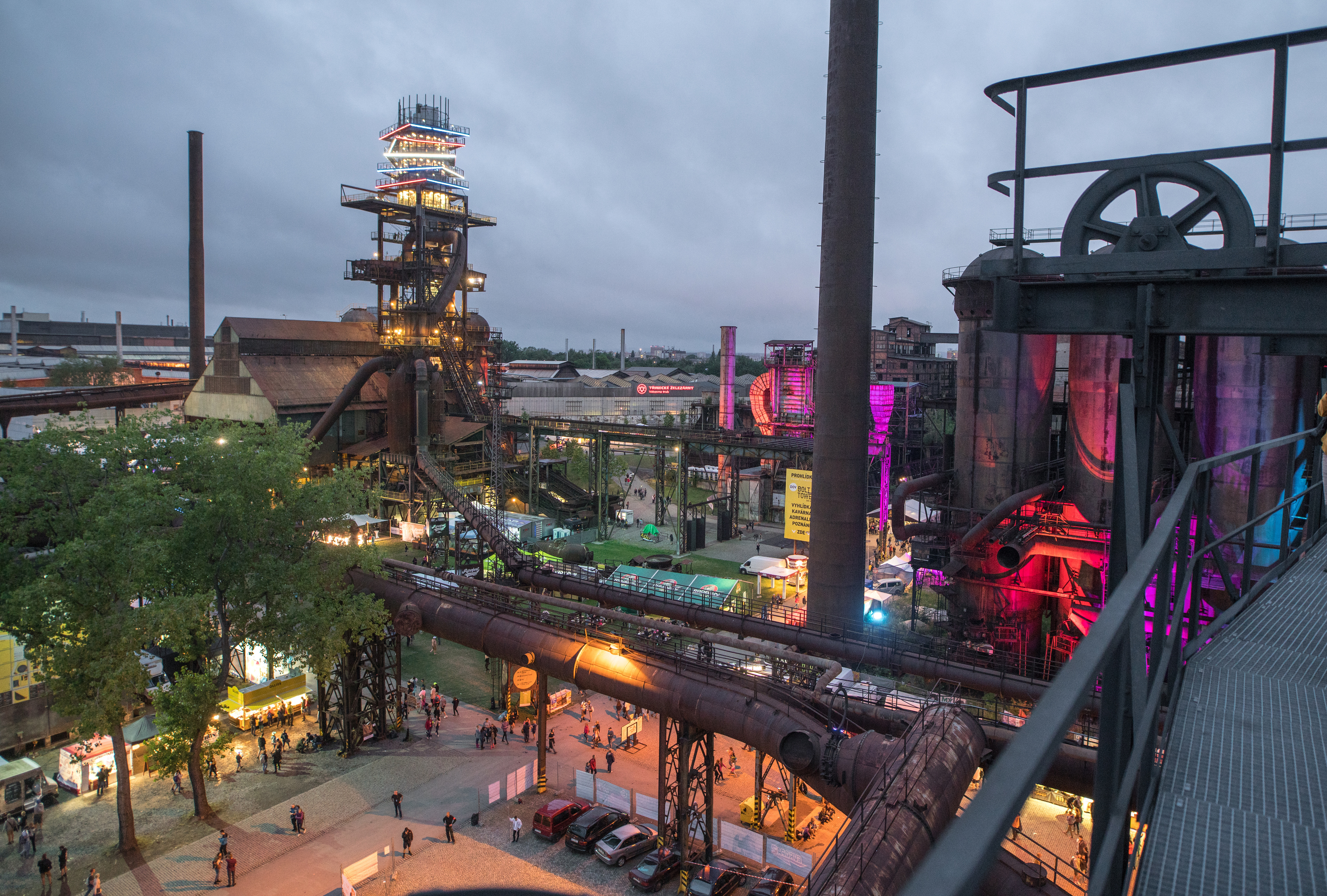 |
|
|
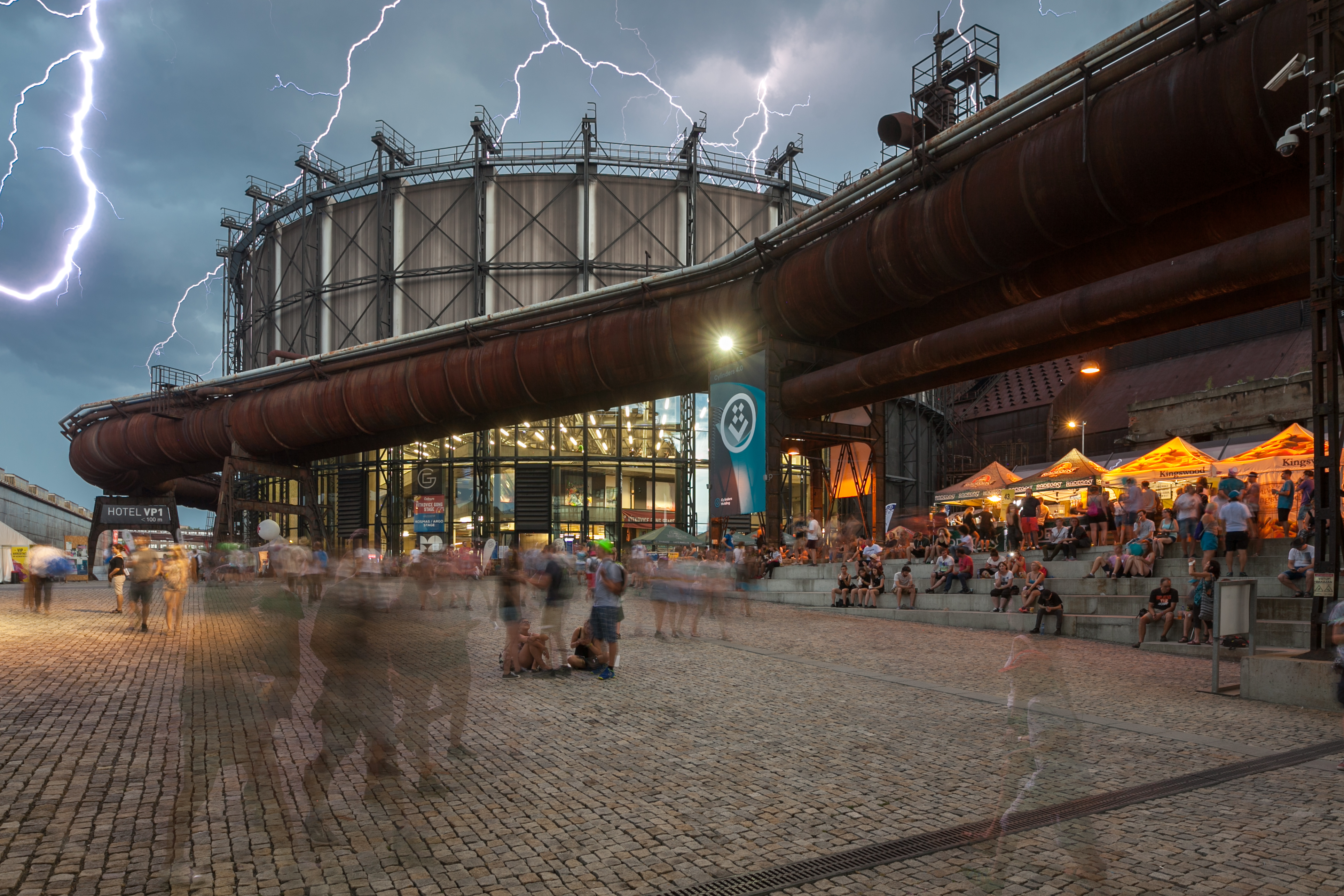 |
 |
|
|
|
 |
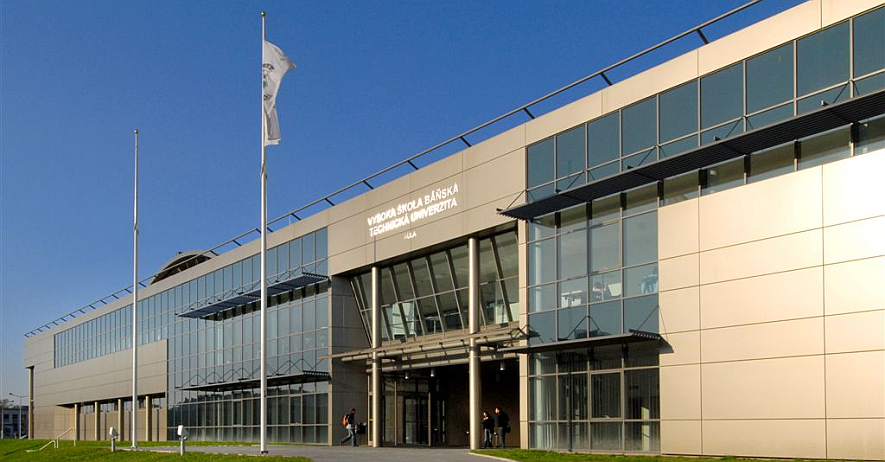 |



